As I dusted off the ends of the journey of Road To The Well, with so much derivation and comparisons, as one critic aptly cited 'Nods to Shallow Grave, tips of the hat for Tarantino’s Pulp Fiction, as well as sly winks towards Soderbergh’s first feature Sex, Lies and Videotape.' - Flickering Myth ***** and a number of others comparing me to a young Ed Norton. What I loved about the LA LA Land vs Moonlight dispute, is that you had one film about other films, with performances which were in many ways about performing. And with Moonlight you had a truly original voice, that was trying to communicate an authentic human experience.
After what has been described aptly as a "grinding sense of tension" in ROAD TO THE WELL which philosophically took a hammer to my faith, I found it was only capable of chiseling at one area of it, which is spent at the end of preparation. That area of intense ambiguity which is so often mistakenly described as 'just throwing it away' or 'letting it go', the concept therein that you just say the words without any meaning behind it and it will magically yield incredible results. The idea is that the actor is prescribing too many intellectual projections onto the text and not connecting with the world around him. I always found this to be such a tenuous and superficial explanation for what was truly going on in that moment, when the individual awakens, moments where we pierce through the cloudiness of our dream state which hovers over most days, and come to terms with the fullness of living and the rich gifts that this world has to offer, 'just throw it away' doesn't come close to accomplishing that.
Breaking down regular modes of thought which lead associated patterns on a cycle of repetition, that constitutes the conscious mind and a kind of 'super ego' to use Freudian terms. To break down this pattern is useful, to allow the subconscious to speak through the barricades of awakening. This piercing drips with the light of potential space and can be the beginning of an opening to something which transcends the self, more than just a pile of unrelated memories which we shape in some form of justification for our existence and our choices in life, but a potential for behavior which taps into a kind of raw humanness. Existentialism can be a means to access this, and yet after a while I came to find it could also only ever serve as a leaf on the tree of The Method, as the opening of the subconscious can only be useful if the it is primed with the character and the story.
This is where many give up their quest through the Method, and I don't mean only the one set down by Strasberg or Stanislavski. And like philistine propositions set down in True & False the warrior like Mamet begins to loose his way, Bonnie Hurren the former head of my course at Bristol Old Vic was the first to taunt me with the pamphlet, you'll hear more about her later. Poor soul, as I trampled on Mamet's half thought out rationalizations of a frustrated writer, clawing for attention, above and beyond not just the actor, but film itself. With a kind kind of reverence for the experience of death I went through with Frank in Road To The Well World Premier: Death, Pleasure & Friendship
PAINT IT RED was the beginning of the destruction of those doubts within myself which hung on only like rotten fruit wavering on the branch of a tree, I merely shook the trunk, while some leaves of existentialism remained the rotten fruit fell.
The fight in PAINT IT RED is against the philistines. Philistines are the enemies of culture, art and I would argue humanity. Anyone in this case who hinders Ciaran's quest for beauty. However philistines usually sit in their "Black skeleton and blinding square" whose widening sun drenched reflection threatens man's vision, and extends personal power to limits of what he can get a machine to do instead. As we mushy organisms once brilliant in every respect stare at the painfully simplistic profile versions of ourselves. Ciaran's labor is made by hand and felt by the heart.
In his intense letter correspondences with my father the art critic John Berger (1926-2017), wrote 'the idea that art is only for the rich is wrong'. Beauty and its quest are for those in most need of it, both rich and poor. Philistines are the faithless, within and without ourselves.
Around November last year I met with the PAINT IT RED boys Chad Addison, Tommy Kijas and Paul T Murray and was offered the lead role of Ciaran. At the time they were unsure wether to keep the character Irish, or change him to Australian to fit in with my natural accent. That night I walked through Los Angeles listening to Liam Neeson's audiobook narration of James Joyce's How The Irish Saved Civilization in my ears, as I walked down to Ivana Chubbuck Studio seeking inspiration. The next day, I contacted the boys and told them I strongly felt that Ciaran should remain Irish, it had to do with loyalty and Catholic guilt.
At the time I was reading the script for PAINT IT RED and preparing for the role of Ciaran, the otherness of the world was beginning to become very painful for me, I was becoming increasingly obsessed with the idea of futility in subjectivity in a way that was like seeing the frailty of my skin and the strangeness of things.
Cairan is pressed by the notions of individuality and separateness that our generation in particular now find ourselves, not only to be a creative person but to be living in such a competitive world. In many ways that underlying ruthlessness of Los Angeles is treated lightly in a way that only laughing at the desperateness can show the truth of the situation.
The search for beauty is so often underpinned by a rugged brutality, stringent, uncompromising quest to prevail, exclusivity, a climb, a struggle, a ruthless clawing at the flimsy veins of the window which pretends and shelters. One begins to claw, because of a feeling of not knowing, or of knowledge that there must be more.
It wasn't enough for me, that Cairan was fighting for this money for purely self interest or luxury, it had to be a fight for something more. Cairan believed he was involved in a struggle for the fight for culture, and that there was a spiritual secular significance to his work. In preperation I studied the works of three artists in particular Enrique Celaya, Johan Andersson and Anselm Kiefer.
"As an artist you have an opportunity to reconcile the conceptual and the sensible. That reconciliation might help you discover the radiance of your world" - Celaya
The production designer and I had long and deep discussions about this artist and how it might inform Cairan's paintings, we determined a philosophical search was at the heart of his work, it was very important that he was not a Pop artist. But more about this later.
"We don't know why we are here, we don't know where we go, we have an intellect to try to find out, but we cannot, it's quite desperate no?" - Anselm Kiefer






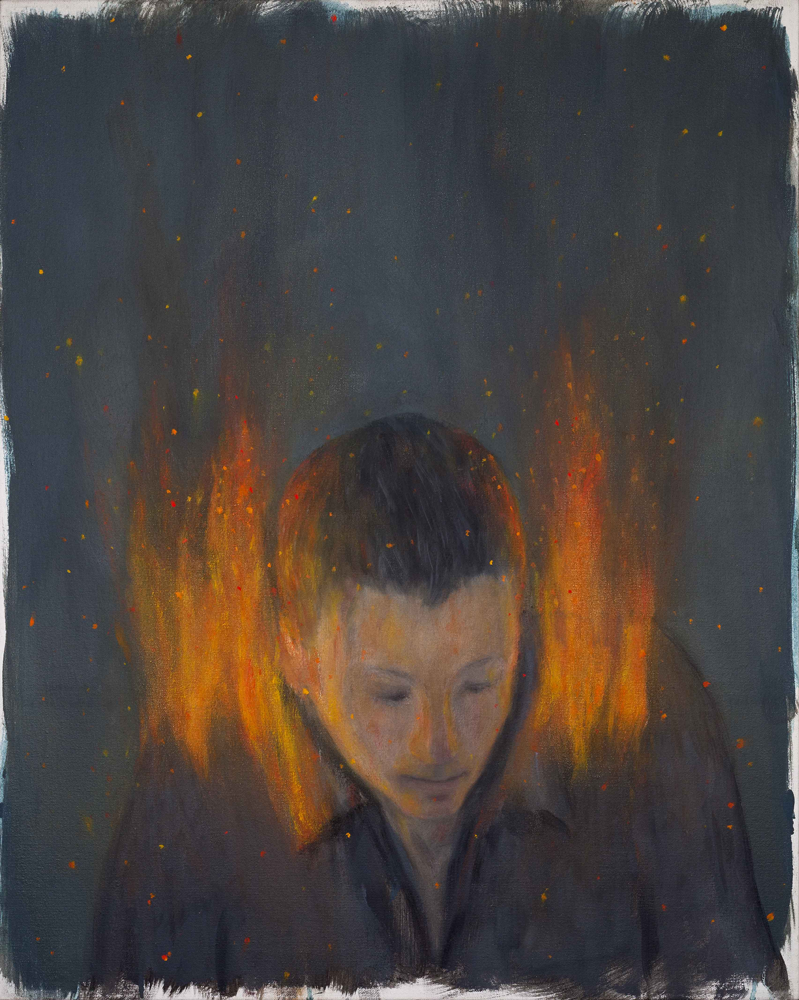
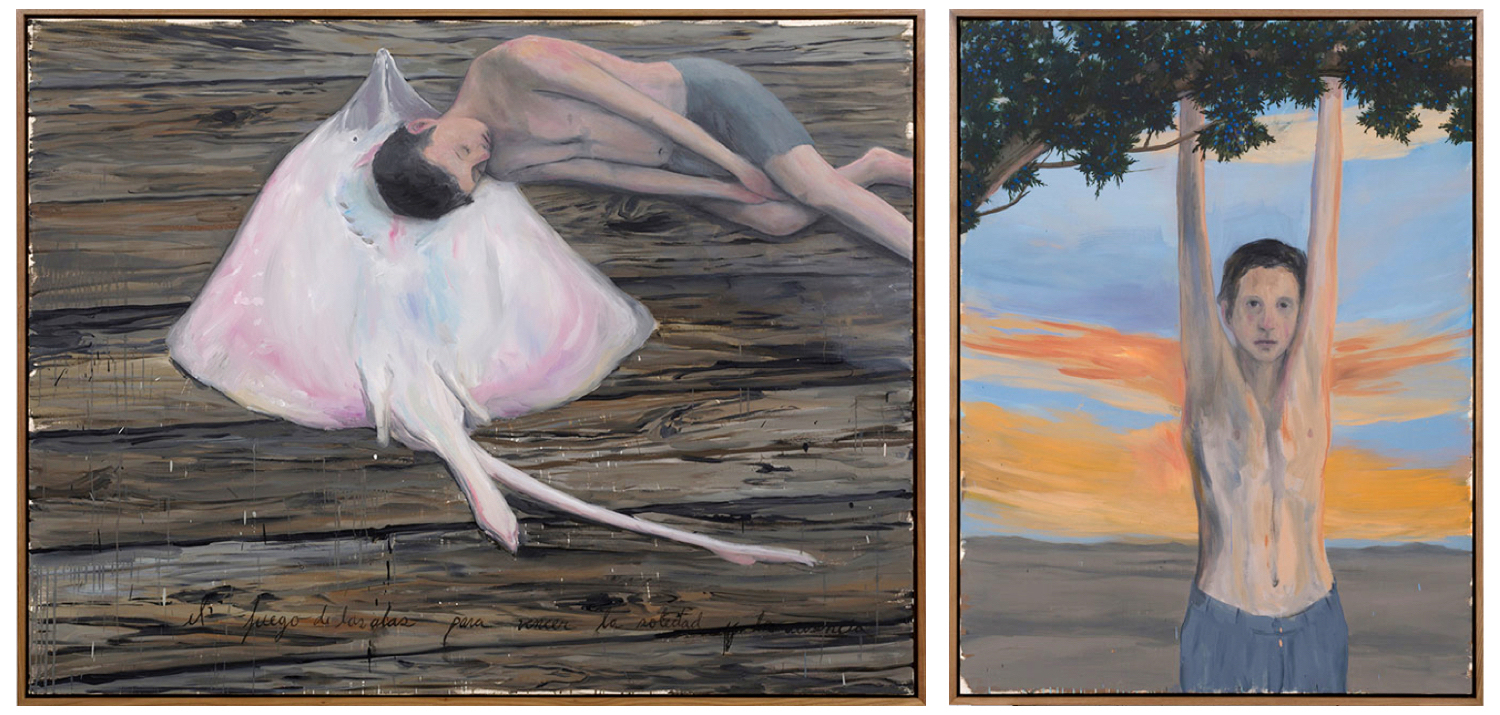

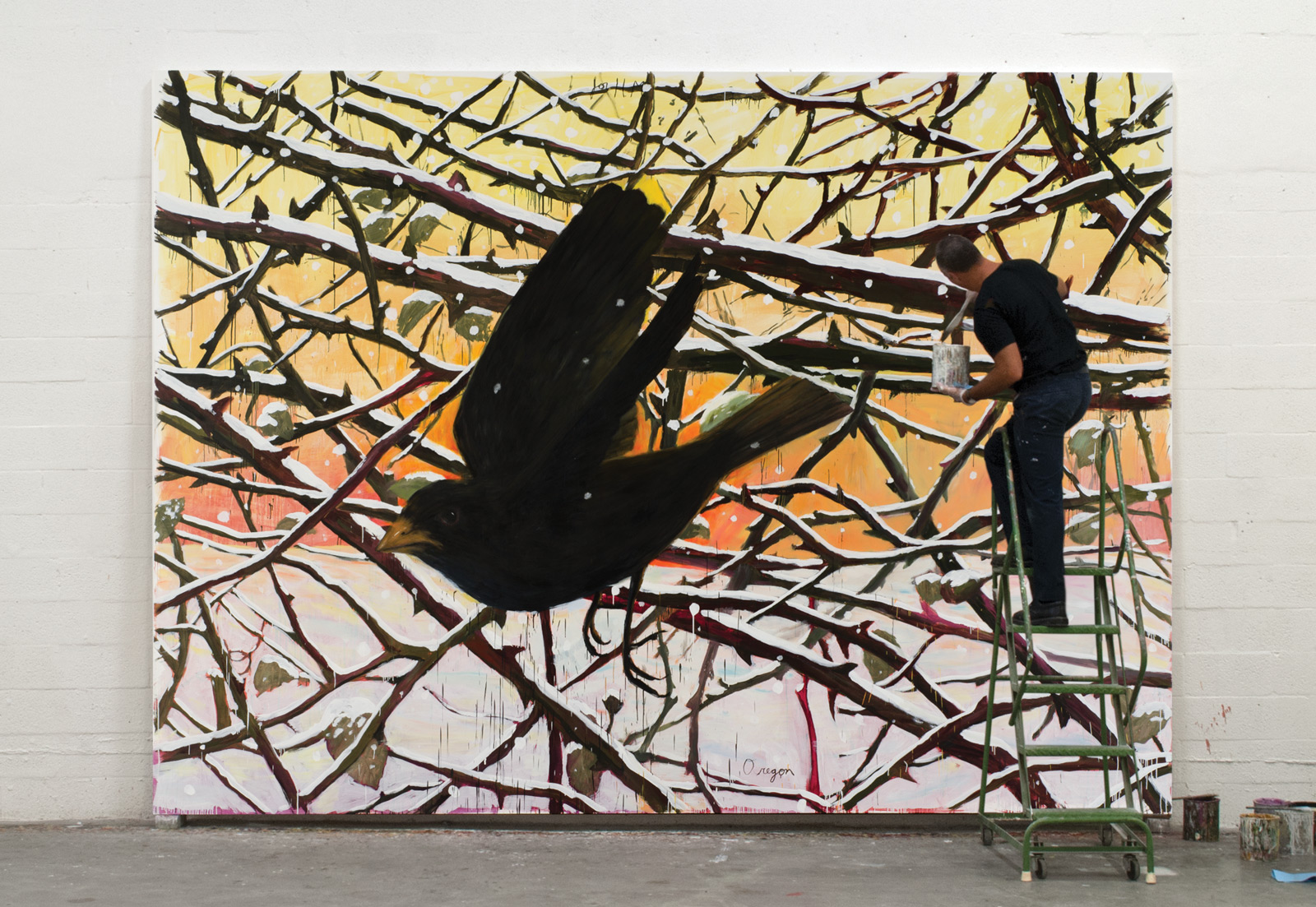
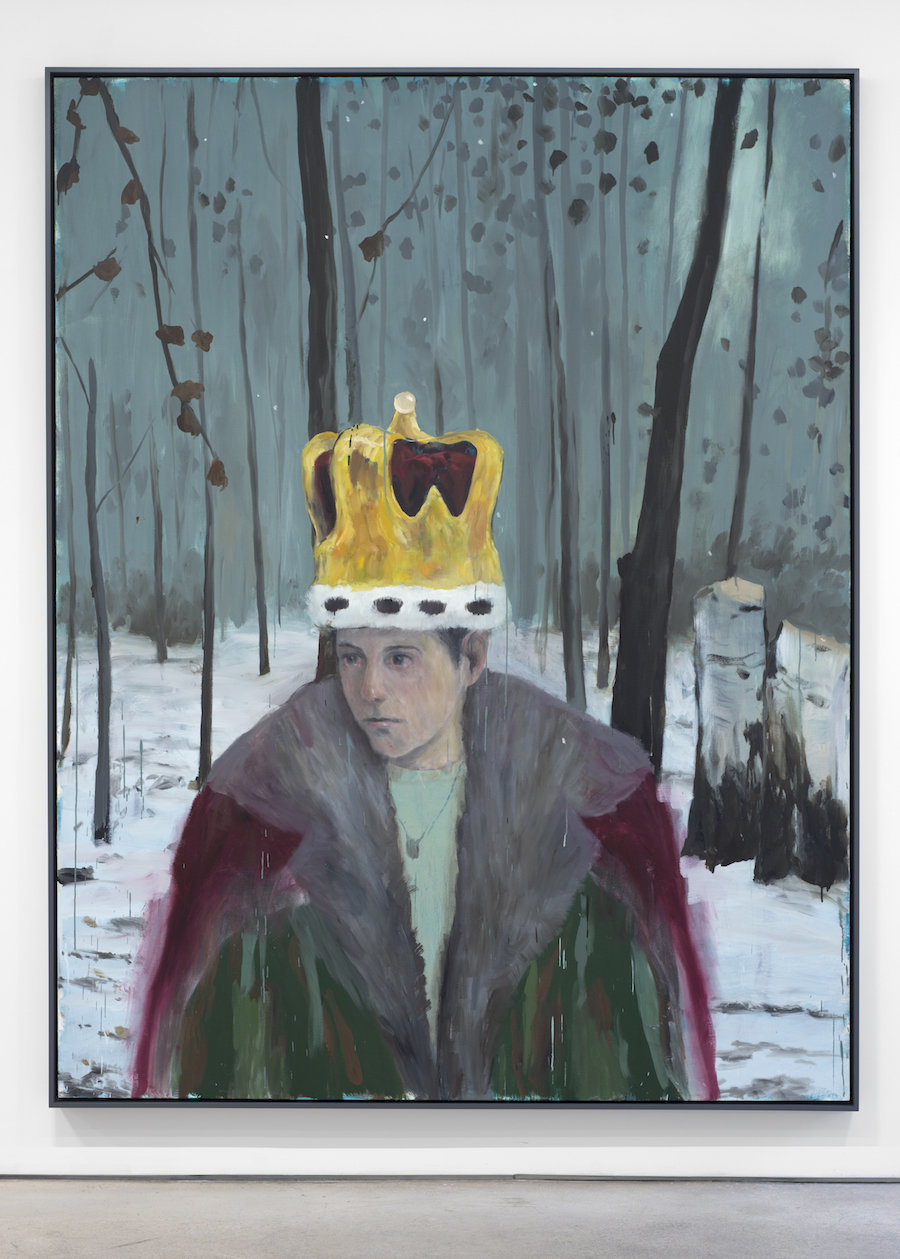

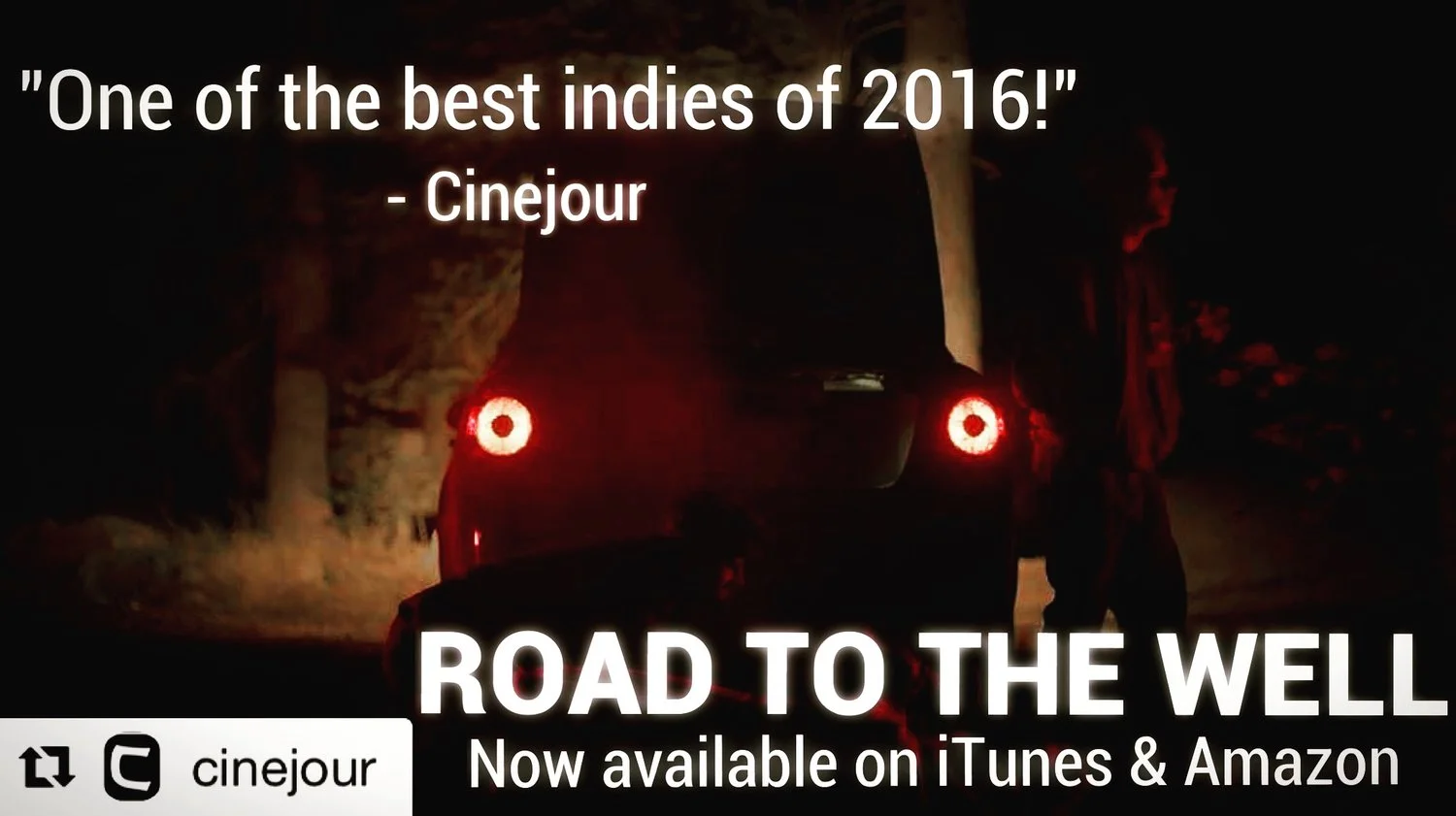
The search for beauty is so often underpinned by a rugged brutality, stringent, uncompromising quest to prevail, exclusivity, a climb, a struggle, a ruthless clawing at the flimsy veins of the existence which pretend and shelter. One begins to claw, because of a feeling of not knowing, or of knowledge that there must be more.